We work with hundreds of clients a year, and those hundreds of clients have hundreds of questions about training their dogs. In this blog post, we ask our Boise dog trainers your questions and share their answers! Do you have a question for our dog trainers? Ask it, and we’ll be sure to include it in our next posts. Here are some Commonly Asked Questions!
1. What are three things I should train my puppy to do?
– Crate training! The golden rule to raising a puppy is 100 percent supervision or confinement, so crates are the simplest and most effective training tool! Crates are essential for potty training, preventing potentially unwanted behaviors like destructive chewing and just generally keeping your puppy safe. Crate when you’re not home and when your puppy is in the car.
(Watch our crate training video here!)
– To be the most confident he can be! Confidence building is one of the most under-rated aspects of raising a puppy, but it is truly the most important in preventing a vast amount of potential behavioral issues throughout your dog’s life. So, we highly recommend exposing your puppy to people, places, sights, sounds and surfaces.
– Bond with your dog! One of the best ways to bond and build a relationship with your dog is to hand feed all of your puppy’s meals. This is a great way to build engagement, provide mental exercise and more!
2. Who are some of your most memorable dog training clients?
My most memorable clients are the ones who enjoy the training process just as much as I do! They find they’re able to connect with their dogs through training and create a meaningful relationship with them. They show up excited to train and ready to learn, and they follow through on their homework! Training a dog is more about the journey rather than the destination, and I love working with the clients who enjoy the journey!
(Not everyone is the right client for us: Read this post!)
3. I just adopted a dog. What should I teach him first?
When you first adopt a dog, the biggest thing you want to build is your relationship and your dog’s motivation. This is built through structure, boundaries and training. Start by having your dog work for all his food in training sessions and have your dog on a leash in the home to teach boundaries and prevent unwanted behaviors. Every day your dog is learning through your interactions with him. The more structure you have right off the bat, the more likely your dog is to respect you as his handler, which in turn builds his trust!
Once you have a strong relationship, teaching commands and cues comes with ease. All in all, it’s not necessarily about the first command you teach, but more of the relationship you build as soon as he comes home.
(We tell you the first 6 commands you should teach your dog in this blog post!)
Part 2 coming soon. Happy Training!
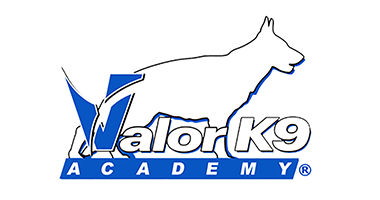

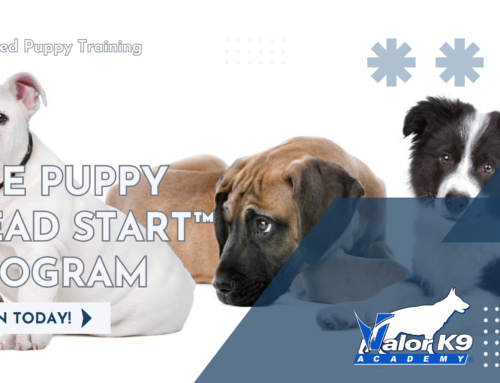
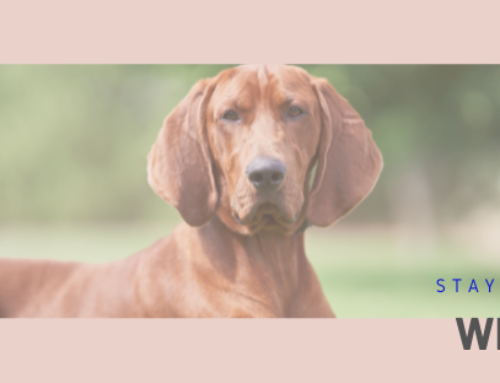

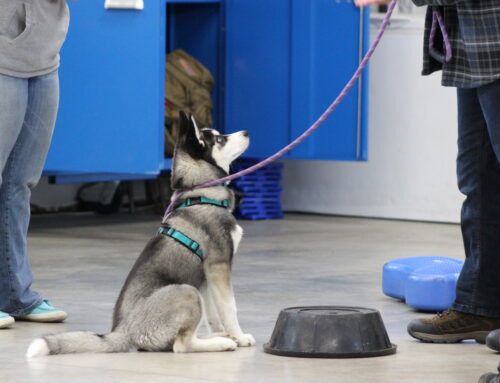
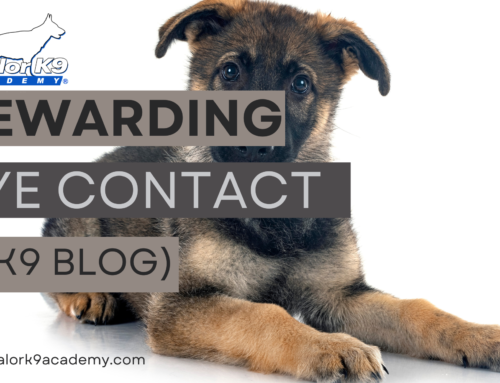
Leave A Comment